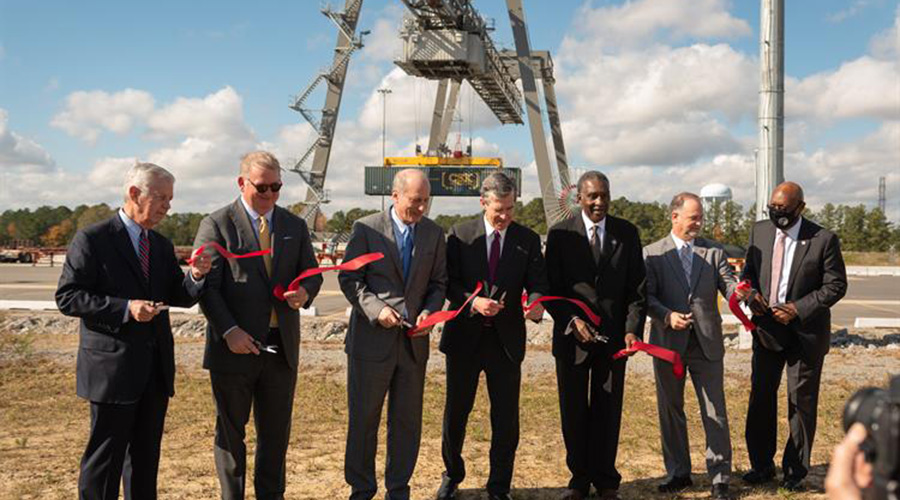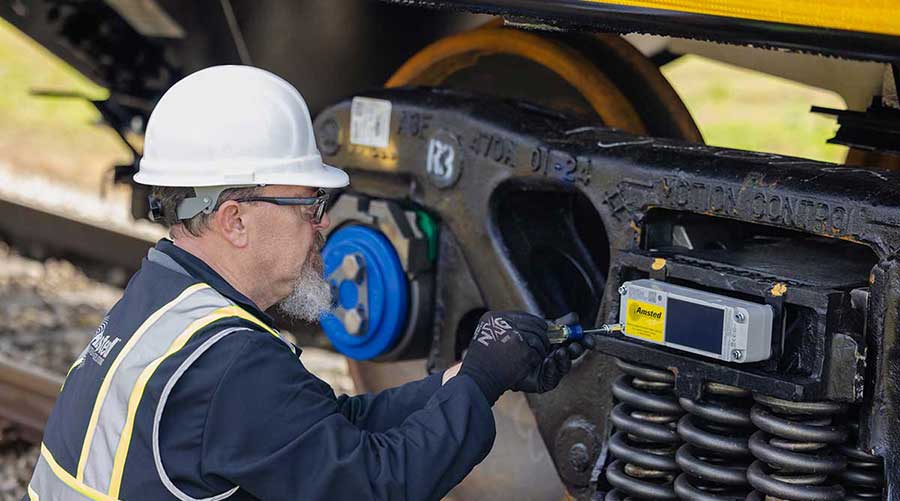Stay updated on news, articles and information for the rail industry
December 2013
Part 1 : Rail Outlook 2014: Railroads believe burgeoning crude oil demand and mounting passenger ridership will be foundation for 2014 business growth
Part 3 : Transit CEOs to focus on transportation bill reauthorization, capital projects in 2014
Rail News: Rail Industry TrendsRail Outlook 2014: Railroads believe burgeoning crude oil demand and mounting passenger ridership will be foundation for 2014 business growth
— by Jeff Stagl, Managing Editor
Freight and passenger railroads' objectives for 2014 aren't very similar, but they're not all that terribly different, either.
Both want to register growth — be it by the carload, passenger count or revenue dollar — as well as circumvent potential growth-inhibiting effects posed by federal government actions. But perhaps the most common trait is the expectation that there will be more ups than downs in 2014 despite the slow-go economy.
For Class I chief executives, the ups include anticipated strong gains in crude oil, domestic intermodal, grain and automotive carloads that will help offset three downs: coal, international intermodal and forest products traffic. If the projections are realized, the large roads might surpass their peak traffic levels set seven years ago.
"The entire industry will be back to 2006 volume levels, and if not, BNSF will be," BNSF Railway Co. Chairman and CEO Matt Rose predicts.
Growing U.S. traffic sectors are over-performing declining segments by 15 to 7, he says. Yet, ongoing economic woes and federal regulatory revisions or policy changes might impede further traffic gains in 2014, Rose believes.
"We need to recover from the recent policy decisions that hindered the GDP's growth potential a full point — the federal government shutdown and any similar future events will continue to put a drag on the economic recovery," he says.
Transit agency leaders are dealing with similar impacts despite high ridership. Lower consumer spending due to the slow recovery has clamped down sales tax receipts and, in turn, reduced the amount of funds some agencies count on for capital projects.
The lack of a long-term surface transportation bill means there's no solid federal funding on the horizon, either. And for now, transit agency leaders have more questions than answers about the next bill.
"How long are we going to be under the same as or less monies for the work we're trying to progress?" asks Valley Metro CEO Steve Banta. "And where does the discussion even begin when [Congress] talks about reauthorization?"
Economic and funding uncertainty notwithstanding, they expect to continue finding ways to plug along with their infrastructure improvement plans — and help nurture the economy in the process.
"We as an industry know infrastructure is in severe need of investment," says South Florida Regional Transportation Authority Executive Director Joe Giulietti. "We know these are tough economic times, but let's make investments that create job opportunities."
Following are articles that share some of the ways Class I leaders and transit agency executives expect to keep dodging the slow-go economy's punches while they attempt to put business growth in next year's win column.


 2025 MOW Spending Report: Passenger-rail programs
2025 MOW Spending Report: Passenger-rail programs
 Gardner steps down as Amtrak CEO
Gardner steps down as Amtrak CEO
 Guest comment: Oliver Wyman’s David Hunt
Guest comment: Oliver Wyman’s David Hunt
 Women of Influence in Rail eBook
Women of Influence in Rail eBook
 railPrime
railPrime






